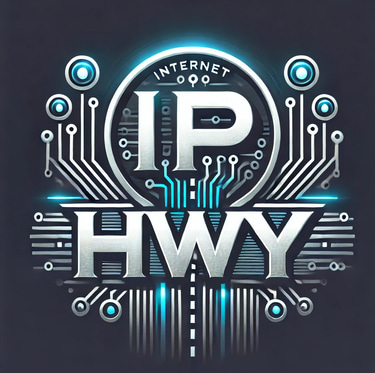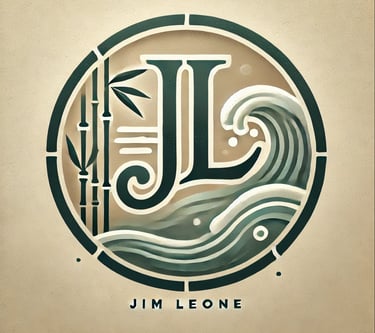From Science Fair Sparks to Real-World Innovation... Why Early Curiosity Still Matters
Jim Leone
6/29/20253 min read
When I was in 6th grade back in 1981, I did what many curious kids do... I signed up for the school science fair. But I didn’t want to build a baking soda volcano, I wanted to build a laser.
My project was called “Laser Focus.” Inspired by what I had read in books and early science magazines, I set out to construct a basic ruby laser using a synthetic ruby rod and a coil system designed to generate just enough energy to create a very low-level light emission. It didn’t burn through anything or beam into the future, but it gave off heat, and it was real. I was 12 years old, and I was hooked.
In 7th grade (1982), my next science fair project was “Microwaves... Waves of the Future.” I built a mock microwave oven and a miniature transmission tower to demonstrate how microwaves travel through the air and how they cause food to “cook itself” by agitating water molecules. Microwave ovens were still a novelty in many homes, and to me, they were just another mysterious system worth exploring.
But the real magic didn’t happen just at the science fair. It happened on the living room floor of my childhood home, sitting cross-legged with volumes from my family’s Americana encyclopedia set spread out around me. I would spend hours following breadcrumbs from one topic to the next, light, energy, magnetism, time. When I exhausted the pages, I’d ride my bike to the local library and lose myself in microfiche, outdated science journals, and whatever books they would let me check out.
If I had access to something like Google back then, with today’s wealth of instantly available information... well, let’s just say I probably would’ve been dangerous.
The Power of Early Exposure
Looking back, those weren’t just school projects; they were early milestones. They were experiments with identity. As kids, we’re constantly trying to figure out who we are. Science fairs gave me a sandbox to tinker, to imagine, and to explain complex ideas to others.
And while I didn’t grow up to be a laser physicist, I did grow up to be someone who sees every challenge... whether technical, operational, or human, as a system that can be explored, modeled, and solved.
What I Work On Today
Fast forward to now... I work in cybersecurity and network operations, helping lead teams that monitor and secure mission-critical infrastructure. I’m in the business of keeping organizations resilient, whether that means improving telemetry, fine-tuning observability, building automation workflows, or responding to real-time security threats.
From SIEMs to SOAR, from behavioral analytics to threat hunting, I still approach every problem like that 12-year-old kid in the science fair gym ---> curious, methodical, and eager to understand what’s happening under the surface.
Still Exploring
Even outside of work, that spirit hasn’t changed. I’m deeply interested in quantum physics, consciousness, artificial intelligence, and the future of computation. I follow developments in entanglement, particle theory, and quantum computing the way others follow sports scores. These aren’t just casual interests, they shape how I think about complex systems, pattern recognition, and causality in both life and technology.
Why Science Fairs Still Matter
Science fairs and early STEM programs aren’t just for the future scientists and engineers. They cultivate a way of thinking, analytical, creative, and curious, that serves kids no matter what path they take.
They teach resilience, iteration, and how to fail forward. They build confidence in asking why, even when the answers are complicated or unclear.
In a world increasingly dominated by fast-moving technology, misinformation, and automation, the most powerful thing we can give kids is a reason to stay curious, and a safe space to explore that curiosity.
So if you’re a parent, a teacher, or even just a neighbor, encourage that weird project, that curious question, that odd idea that might sound a little out there. Because one day, that question may become a breakthrough.
Full Circle
What started with a ruby rod and a cardboard microwave tower turned into a life of questioning systems, challenging assumptions, and never settling for “just because.”
And in today’s world, where lasers are real weapons and microwave signals carry our daily communications, I’m reminded that the future often begins with cardboard models, outdated encyclopedias, and a curious mind determined to understand the invisible forces shaping the world.
And to this day, I still believe the best technologies, and the most curious minds, start on the science fair floor.
The IP HighWay
Stay updated with the latest IT security news.
info@iphwy.com
© 2025. IPHwy LLC. All rights reserved.



